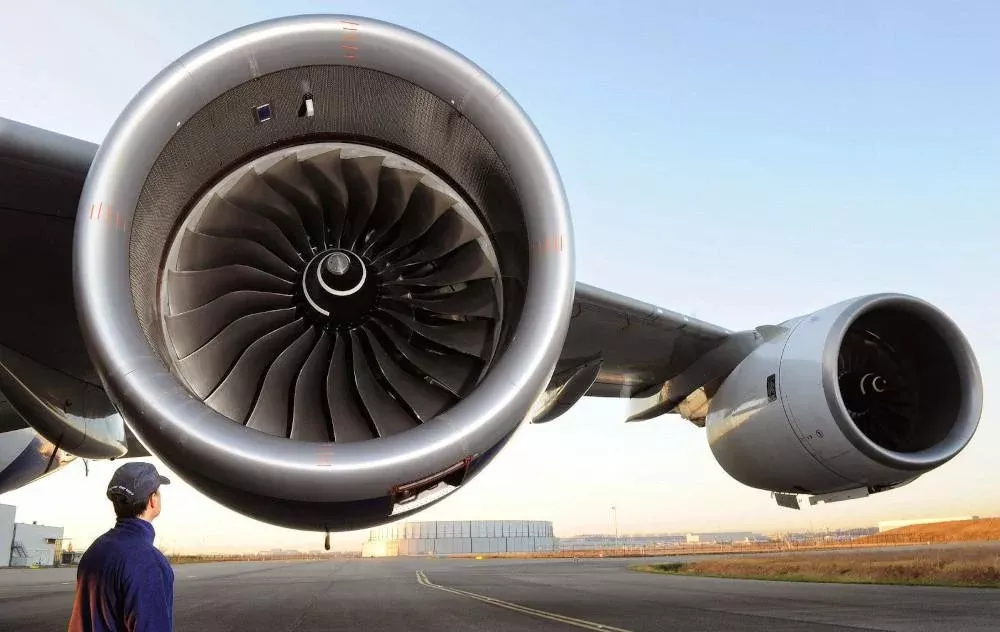
Aviation’s recovery has transformed the financial performance of Rolls-Royce, the British engine maker that was described as a “burning platform” by its chief executive 12 months ago.
Civil aerospace accounts for about half of the group’s sales, and within this division the aftermarket is taking an increasingly important role.
Up by a quarter to £4.6 billion ($5.8 billion), services provided 63% of Rolls-Royce’s civil aerospace revenue in 2023, compared with about 60% before the pandemic and 54% a decade ago.
Roughly £3.3 billion ($4.2 billion) of that services revenue comes from what Rolls terms "large engines," which includes the Trent families and the RB211. Large engine original equipment sales were £2 billion ($2.5 billion) last year.
The company expects further improvements this year, with widebody flying hours expected to surpass the pre-pandemic level for the first time. It is aiming for 450-500 large engine overhauls in 2024.
Rolls said it had driven down the cost of shop visits through 2023, resulting in better profitability as civil aerospace’s operating margin climbed from 2.5% to 11.6%.
Media reports also suggest that the OEM has taken a harder line on pricing for its services, even at the expense of losing contracts. Recently, Thai Airways selected the GEnx for its new Boeing 787s, having until now used the Trent 1000, amid reports of maintenance disagreements with Rolls-Royce.
With no new widebody aircraft on the drawing board, an obvious question is how much further will Rolls-Royce lean on the aftermarket going forward?
It has about 1,600 large engines on order, which is about six years of production at current rates. This is set against an installed base of 4,900 large engines, a big chunk of which is contracted to the OEM for support.
According to Aviation Week Network’s 2024 Commercial Fleet & MRO Forecast, Trent engine maintenance will be worth $8.4 billion this year, rising to $11.2 billion by 2033.
Given that Rolls-Royce’s large engine services revenue in 2023 was half that of total Trent maintenance demand projected for this year, there still seems plenty of room for growth.





